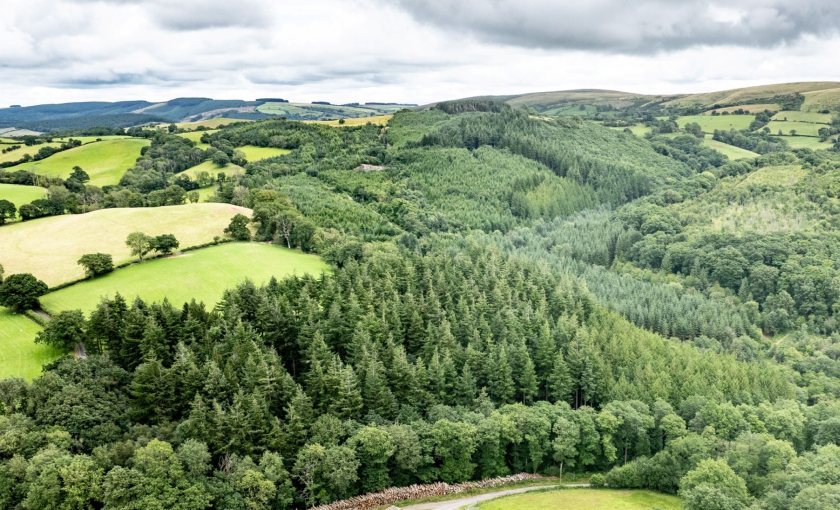
A future in which Britain must squeeze more from every acre will depend less on choosing between trees and food and more on learning how to make them work together.
That was the message from forestry leaders this week as they launched a major industry report urging farmers and foresters to recognise that—while they “may not be in the same boat”—they are certainly “in the same storm”.
The UK Forest Market Report 2025, published by BSW Group’s Tilhill Forestry and Goldcrest Land & Forestry Group, warns that both sectors face “common uncertainties” over policy, costs and pricing. The annual report is considered the most comprehensive snapshot of the UK forestry market.
Commercial forestry listings rose 50% in the past year to 9,200 hectares, with total market value hitting £140 million—below the exceptional 2020–23 period but above pre-pandemic norms.
Average stocked-hectare prices increased 3% to £19,200. Two unusually large Scottish properties were excluded from pricing data to avoid skewing the figures; including them, said Tilhill’s Xander Mahony, would be “akin to counting Buckingham Palace as part of the London housing market”.
Mixed woodland listings fell sharply to £11m, with smaller properties and varying price rises across the UK. Land suitable for new commercial planting remained scarce, with Scottish values continuing to fall while prices in England and Wales stayed stable.
Goldcrest partner Jon Lambert said the commercial forestry market is shifting, with younger crops changing hands and buyers showing greater caution.
The result, he said, was “an unusual collection of sale results”, though forestry remained a “strongly performing investment asset class”.
Rebecca Wilson, a fifth-generation farmer writing in the report, warned that UK land is being asked to deliver ever more: food, trees, housing, energy, biodiversity and carbon storage. But she argued that farming and forestry should not be treated as rivals.
“The danger lies in treating them as competing land uses,” she wrote, adding that the future would be defined not by choosing between food and trees but by integrating them.
